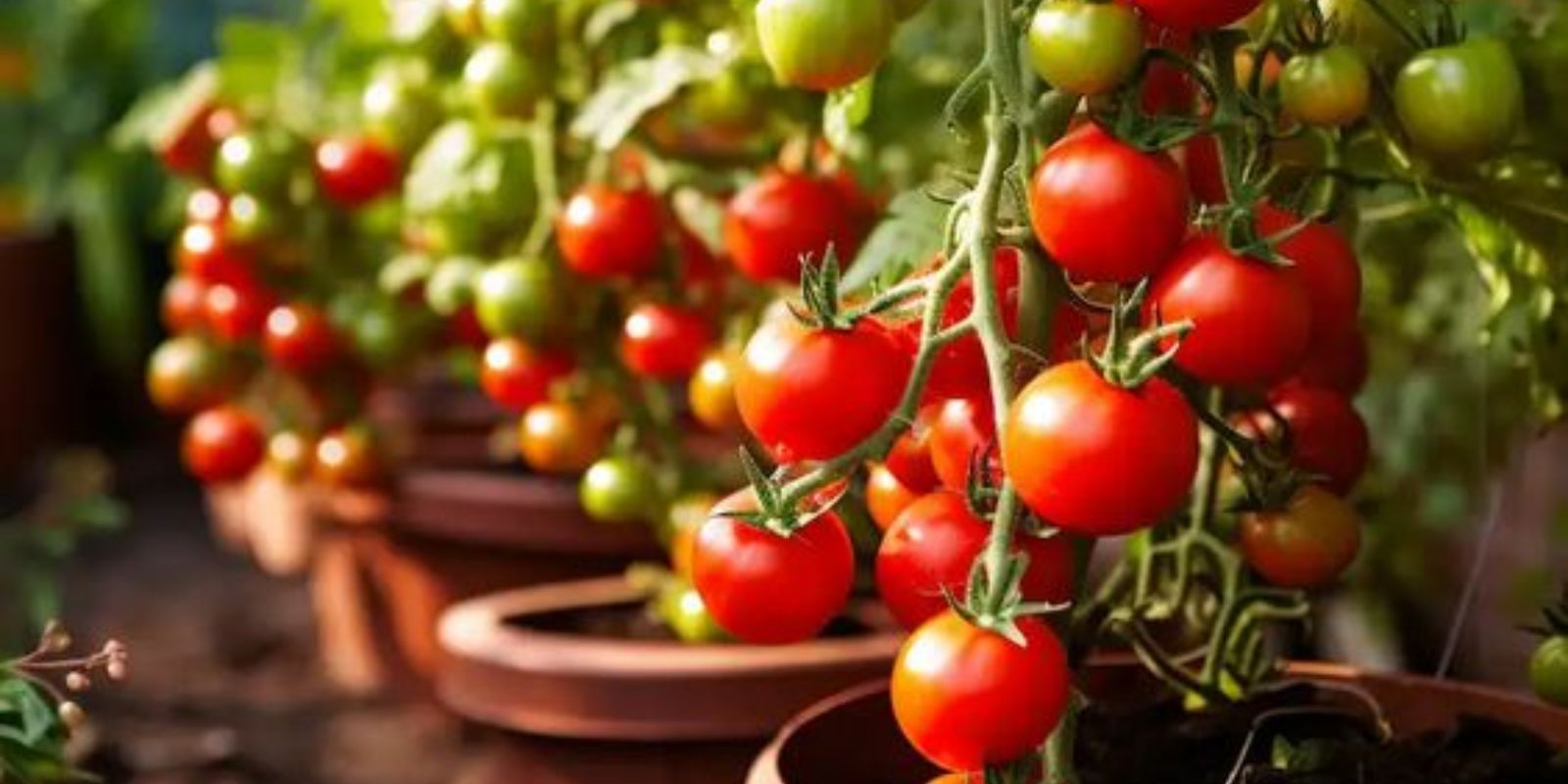Tomatoes are a staple in many gardens due to their versatility and delicious flavor. Whether you’re a seasoned gardener or just starting out, achieving a bountiful tomato harvest can be highly satisfying. To help you maximize your tomato yield, we’ve compiled some revolutionary growing hacks that can elevate your gardening game. From choosing the right varieties to advanced care techniques, these tips will ensure your tomato plants thrive and produce a plentiful crop.
1. Choose the Right Varieties
The first step to a successful tomato harvest is selecting the right varieties. Different types of tomatoes have varying needs and characteristics. Here’s what to consider:
- Disease Resistance: Opt for varieties that are resistant to common tomato diseases such as blight, fusarium wilt, and nematodes. Look for disease-resistant labels or consult local gardening experts for recommendations.
- Climate Suitability: Choose varieties suited to your local climate. For instance, determinate varieties are compact and work well in cooler climates or smaller spaces, while indeterminate varieties are ideal for warm climates and can grow vertically, offering a larger yield.
Popular varieties include ‘Early Girl’ for an early harvest, ‘Roma’ for paste tomatoes, and ‘Cherry Tomatoes’ for small, sweet fruits.
2. Use Quality Soil
Tomatoes thrive in well-draining, nutrient-rich soil. Here’s how to prepare and maintain optimal soil conditions:
- Soil Composition: Use a mix of compost, peat moss, and perlite or vermiculite to create a well-draining, loamy soil. This ensures proper aeration and prevents root rot.
- Soil Testing: Test your soil pH and nutrient levels before planting. Tomatoes prefer a slightly acidic soil with a pH of 6.0 to 6.8. Amend your soil with lime if it’s too acidic or sulfur if it’s too alkaline.
- Organic Matter: Incorporate compost or well-rotted manure into the soil to boost fertility and improve soil structure. This also helps retain moisture and provides essential nutrients.
3. Support Your Plants
Tomatoes need support to grow properly and produce a good harvest. Here’s how to provide effective support:
- Cages and Stakes: Use tomato cages or stakes to keep plants upright and prevent them from sprawling on the ground. Cages are ideal for indeterminate varieties, while stakes are suitable for determinate types.
- Trellising: For a space-saving option, consider trellising. Train your tomato plants to grow vertically by tying them to a trellis or using string to secure the stems.
- Spacing: Ensure adequate spacing between plants to allow for proper air circulation and reduce the risk of disease. Typically, space tomato plants about 18-24 inches apart.
4. Prune Regularly
Pruning is essential for healthy tomato plants and increased fruit production. Here’s how to effectively prune your tomatoes:
- Remove Suckers: Pinch off the suckers (side shoots) that grow between the main stem and branches. This directs more energy to fruit production and improves air circulation.
- Lower Leaves: Remove the lower leaves and any yellow or diseased foliage. This helps prevent soil-borne diseases from reaching the plant and encourages better airflow.
- Top Pruning: For indeterminate varieties, pinch off the tips of the main stems once the plant reaches the top of its support structure. This focuses the plant’s energy on ripening the existing fruit rather than producing new growth.
5. Water Wisely
Proper watering techniques are crucial for healthy tomato plants and a successful harvest. Follow these tips:
- Consistent Moisture: Keep the soil consistently moist but not waterlogged. Tomatoes need regular watering, especially during hot, dry periods. Water at the base of the plants to avoid wetting the leaves, which can lead to fungal diseases.
- Drip Irrigation: Consider using a drip irrigation system to deliver water directly to the plant roots. This reduces water waste and minimizes the risk of disease.
- Mulching: Apply a layer of mulch around the plants to retain soil moisture, regulate temperature, and suppress weeds. Organic mulches like straw or wood chips are effective choices.
6. Feed Appropriately
Tomatoes are heavy feeders and require proper nutrition to produce a bountiful harvest. Here’s how to feed your plants effectively:
- Balanced Fertilizer: Use a balanced fertilizer with equal ratios of nitrogen (N), phosphorus (P), and potassium (K) during the early growth stages. This supports overall plant development.
- Phosphorus Boost: As the plants start to flower and set fruit, switch to a fertilizer with a higher phosphorus content (e.g., 5-10-10). Phosphorus promotes flowering and fruiting.
- Regular Feeding: Fertilize every 2-3 weeks during the growing season, following the manufacturer’s recommendations. Over-fertilizing can lead to excessive foliage growth and reduced fruit production.
7. Manage Pests and Diseases
Preventing and managing pests and diseases is vital for a successful tomato harvest. Here’s how to protect your plants:
- Pest Control: Monitor plants for common pests such as aphids, tomato hornworms, and whiteflies. Use organic pest control methods like insecticidal soap or neem oil, and introduce beneficial insects like ladybugs.
- Disease Prevention: Practice crop rotation to reduce the risk of soil-borne diseases. Avoid overhead watering to minimize the spread of fungal infections. Remove and dispose of any diseased plants promptly.
Conclusion
Growing tomatoes in your garden can be an incredibly rewarding experience, especially when you implement these revolutionary hacks. By choosing the right varieties, using quality soil, providing proper support, and practicing effective pruning and watering techniques, you can achieve a bountiful harvest. Additionally, feeding your plants appropriately and managing pests and diseases will ensure that your tomato plants remain healthy and productive throughout the growing season.
Ready to take your tomato growing skills to the next level? Share your own tips, ask questions, or discuss your experiences below! Let’s work together to cultivate thriving tomato plants and enjoy the fruits of our labor.

